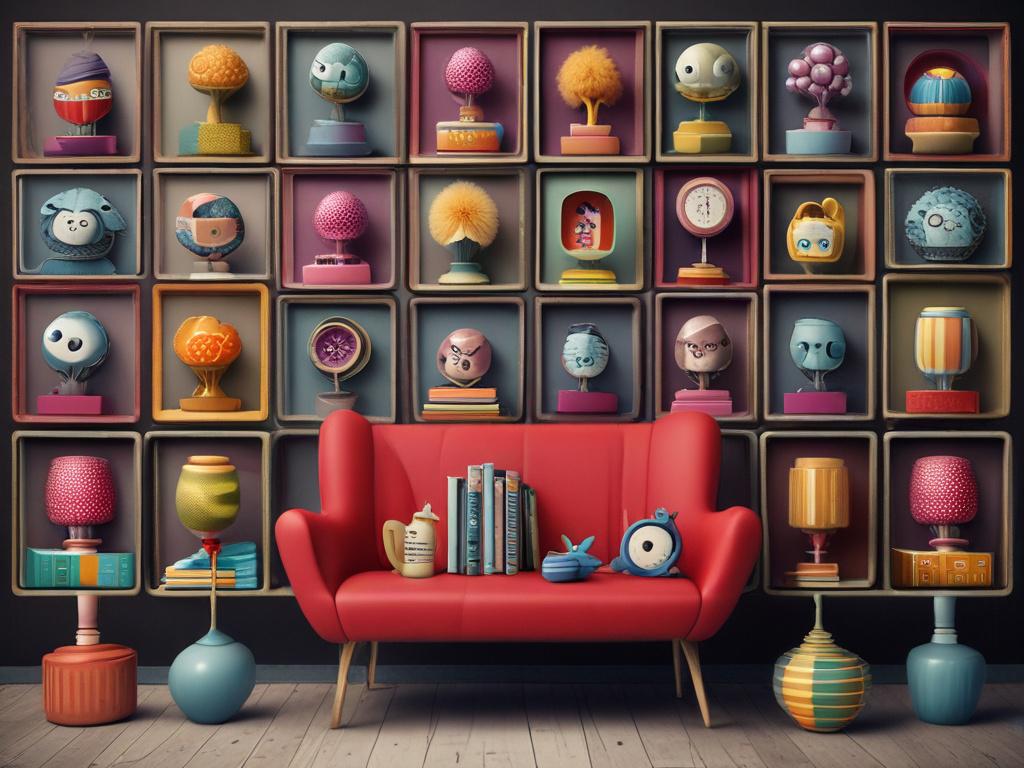
Ever wondered about the quirky stories behind common items? Our lives are filled with an array of everyday objects, each with its own unique history waiting to be uncovered. From the kettle that brews your morning coffee to the spoon you stir with, these unassuming tools often harbor surprising tales that reflect the evolution of culture and technology. In this post, we will dive into the oddities of everyday items, revealing the mysteries and fascinating facts that turn the mundane into the extraordinary.
As we explore the peculiar world of these familiar objects, we'll take a closer look at the kitchen utensils that have become essential to our daily routines. You'll be amazed to learn about the strange origins of the tools we often take for granted. Additionally, we'll discuss how these everyday items have not only served practical purposes but have also shaped our lives and influenced culture in ways we might never have imagined. Join us on this journey to discover the unexpected narratives behind the ordinary and see the world around you in a whole new light.
Uncovering the mysteries: The surprising histories of ordinary items
Everyday objects surround us, often blurring into the background of our lives. Yet, many of these items carry fascinating stories that reflect human creativity and invention. For instance, did you know the humble paperclip has its origins in the late 19th century, initially designed to hold multiple sheets of paper together? Its simple yet effective design has made it a staple in offices worldwide. By delving into the history of such commonplace items, we uncover not only their practical uses but also the cultural and social contexts that inspired their creation.
Exploring the unique stories behind these ordinary objects illuminates the quirks of history. The zippers we take for granted today have a surprisingly complex past, evolving from the hookless fastener patented in the late 1800s to the modern zipper we know and love. Such transformations offer a glimpse into the ever-changing needs of society and demonstrate our fascination with improving daily life. As we peel back the layers of these everyday items, we invite readers to appreciate the quirky tales that enrich our understanding of the world around us.
Quirky tales from your kitchen: The strange origins of common utensils
Step into your kitchen and you’ll find a treasure trove of utensils, each with a story to tell. Take the humble potato peeler, for instance. While it seems simple enough, this tool was born from necessity nearly a century ago. Before its invention, people relied on knives to peel potatoes, leading to cut fingers and uneven peels. In the 1920s, a creative cook in Germany designed the first ergonomic potato peeler, drastically improving efficiency in kitchens worldwide. Today, this mundane tool has not only made our peeling tasks easier but has also become a testament to innovation in kitchen design.
Next, consider the spatula, a seemingly unremarkable item that hides a quirky history. Its origins trace back to ancient Rome, where cooks used flat pieces of wood to flip meats over an open flame. Fast forward to the 20th century, and the spatula took on a life of its own, especially with the rise of non-stick cookware. Manufacturers added features like silicone heads to protect these sensitive surfaces, further evolving the spatula into specialized versions, such as the fish spatula and the offset spatula, each tailored for specific culinary tasks. From humble beginnings to kitchen essential, the spatula’s journey highlights the creativity behind everyday items and the way they adapt to our cooking needs.
The unexpected impact of everyday objects: How they shape our lives and culture
Everyday objects, often taken for granted, hold the power to shape our daily routines and cultural norms in profound ways. For instance, consider the fork—a standard utensil in most households. The fork’s introduction to European dining transformed mealtime etiquette, promoting a more refined style of eating. Its design evolved through centuries, reflecting changes in social values and culinary practices. As we grasp these simple tools, we adopt a sense of social order and tradition that influences our interactions at the dinner table and beyond.
Moreover, objects we encounter frequently, like the rubber duck or the paperclip, not only serve functional purposes but also evoke emotions and memories. The rubber duck, with its playful appearance, has become an iconic symbol of childhood, prompting feelings of nostalgia and joy. Meanwhile, the commonly overlooked paperclip showcases ingenuity in design—its simple yet effective form allows it to organize our chaotic lives in countless ways. These ordinary items demonstrate how everyday objects are integral to our personal narratives and collective culture, shaping everything from childhood experiences to professional environments.